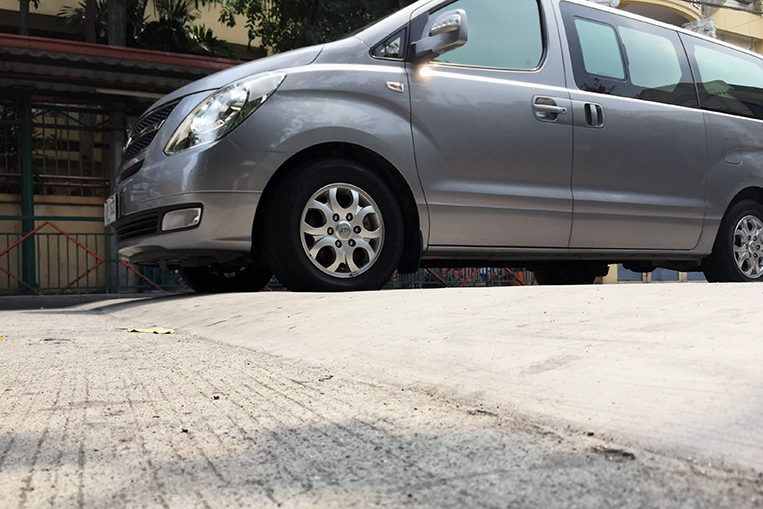
Up and down the country, well-meaning government officials have been busy installing speed bumps on roads passing through their numerous neighborhoods and cities, in an effort to prevent streets from being used as racetracks by drivers with a heavy right foot. Unfortunately, the road to hell is yet again paved with good intentions, as speed bumps actually cause more harm than good. Don’t believe us? Read on.
Let’s start with the most obvious reason why crude speed bumps shouldn’t be used: They slow cars down—all cars, regardless of what they are or who is onboard. This means the ambulance carrying a critically ill patient and the fire truck on the way to a blaze are also being hindered in their progress, and that’s never a good thing when every second counts.
Then there is the matter of pollution: An internal-combustion engine is most efficient and clean when the vehicle cruises along with minimum power input. That’s why you achieve your best gas mileage while driving at a steady speed down SLEX on a quiet Sunday morning, and see your fuel bill rise in Metro Manila stop-and-go traffic. Having to almost stop for every hump and then speed up again not only means you are consuming more gas, but it also produces considerably more air pollution than not having to decrease and increase speed all the time. This pollution, by the way, doesn’t just come from exhaust gases. A considerable amount of harmful air pollution is generated by brake and tire dust, when metals from brakes and other automotive systems are emitted into the air as fine particles that are subsequently breathed in by humans who happen to be near those roads. The more cars have to brake, the more pollution is generated.
An undesirable aspect of random lumps of concrete being placed on the road is the fact that they can cause serious damage to cars
Together with the increased air pollution comes another negative attribute: noise. Having to accelerate again after every speed bump means noise levels around these obstacles are higher than on roads that don’t have them, and anyone who has ever heard the trumpets of Jericho that are seemingly installed on some jeepneys will know what I mean.
Another undesirable aspect of random lumps of concrete being placed on the road is the fact that they can cause serious damage to cars. The most common victims of cuss-inducing scraping are, of course, sports cars and other vehicles that have been modified or lowered, but even normal family cars can fall victim to these dangerous road protrusions. Almost every time we take a Grab or Uber to go home after the weekly supermarket run, we get to experience the horrible sounds generated by a Vios or Altis scraping over seemingly arbitrary humps placed in the middle of the road in Mandaluyong. In some cases, it’s almost impossible to pass without touching these speed bumps, no matter how slow you go.
Hitting these asphalt bulges is also a real risk for anyone on two wheels. Many speed bumps are badly designed and often unmarked, making them hard to spot during nighttime. While unexpectedly hitting a bump with your car may cause some damage, doing an Evel Knievel over one while on a motorbike can lead to a serious crash and injuries. At the very least, anyone installing these things should be required by law to make them clearly visible, and to maintain any markings over time.
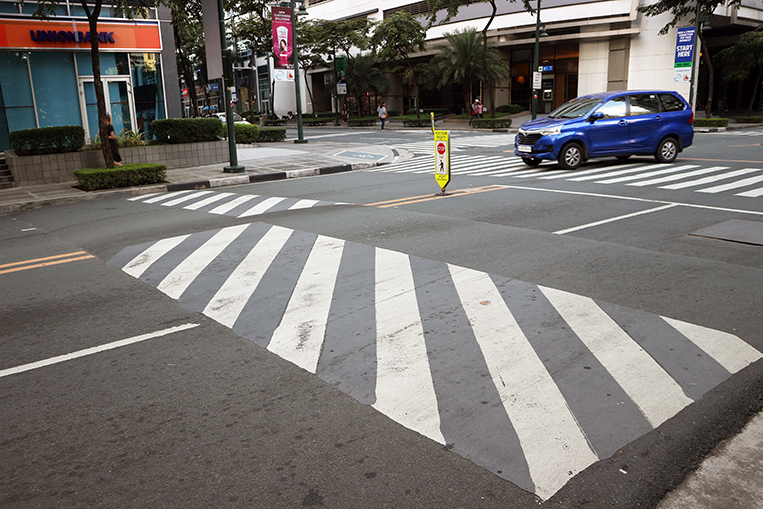
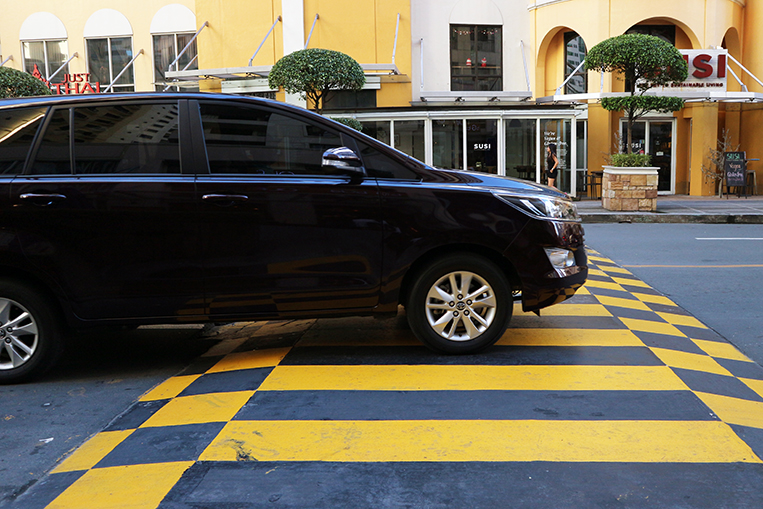
You would now be right in asking what should be used instead of speed bumps in order to slow traffic down and keep roads safe, and the answer to this question is relatively easy, as various measures already exist and have proven to be just as effective as lumps of tarmac (in other parts of the world, that is).
These measures include installing vehicle-activated signs at the side of the road. These show a smiley face, for instance, when a car passes at the correct speed, or an angry face when someone is speeding. They have shown to work well in other countries. Things like cardboard cutouts that look like real-life traffic enforcers from a distance make drivers slow down. Residential roads can also be turned into chicanes to reduce traffic in general.
To be fair, there are locations that warrant the use of speed bumps; populated residential areas inside Bonifacio Global City are a good example. And speaking of BGC, humps around the commercial district are very well done: clearly marked and with just the right height. They say traffic managers really need to use physical speed bumps to regulate undisciplined and reckless Filipino motorists, but at least BGC isn’t overdoing it in spite of the heavy traffic volume it gets on a daily basis.
The most important step, however, is to simply design safer roads with better lighting and proper sidewalks, as well as traffic routing that discourages speeding. This, of course, requires more effort than just pouring some concrete in the middle of the road and hoping for the best, but it would be energy and money well spent as the result is a cleaner, safer and better road environment for everyone.

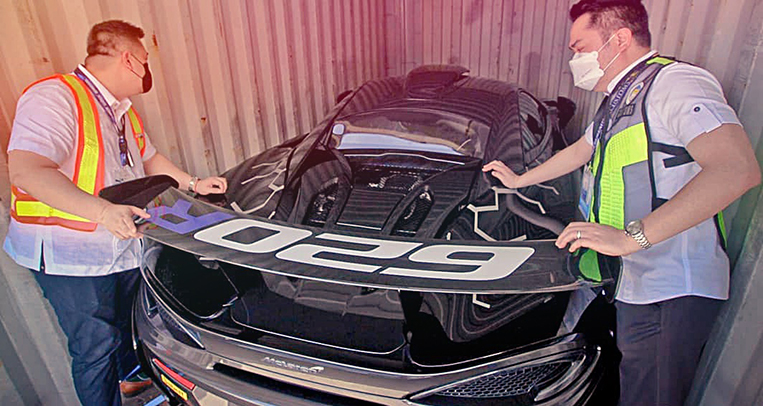
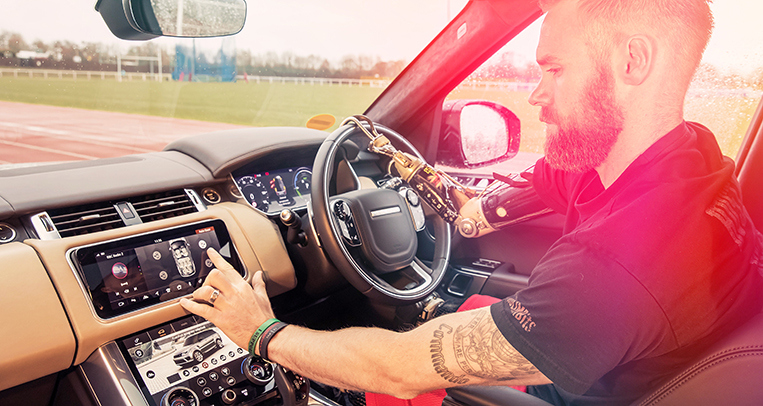

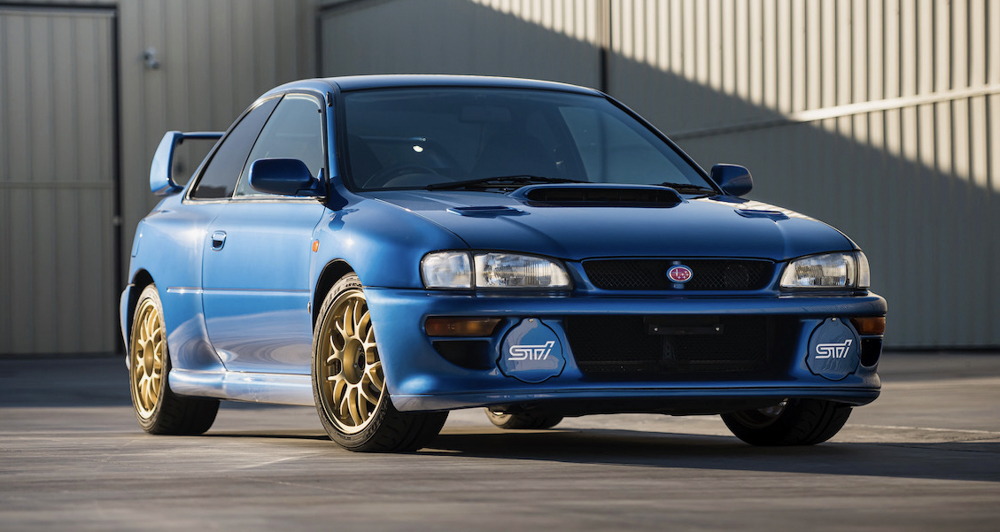
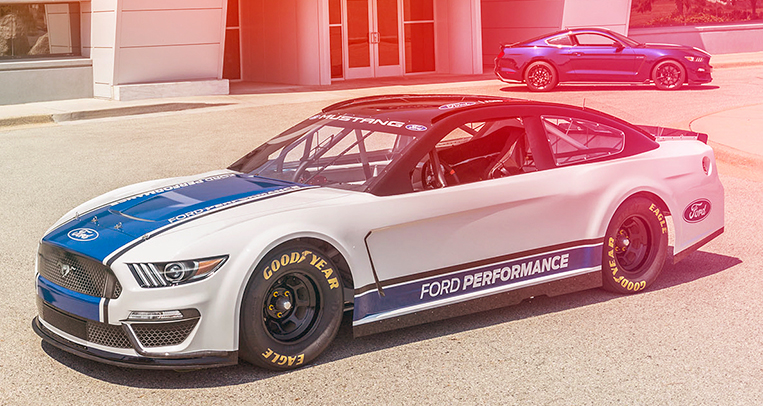





Comments